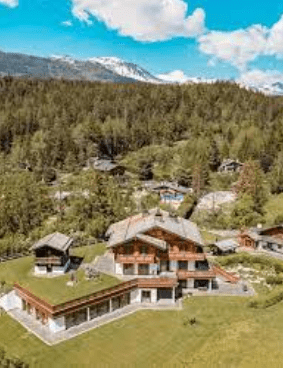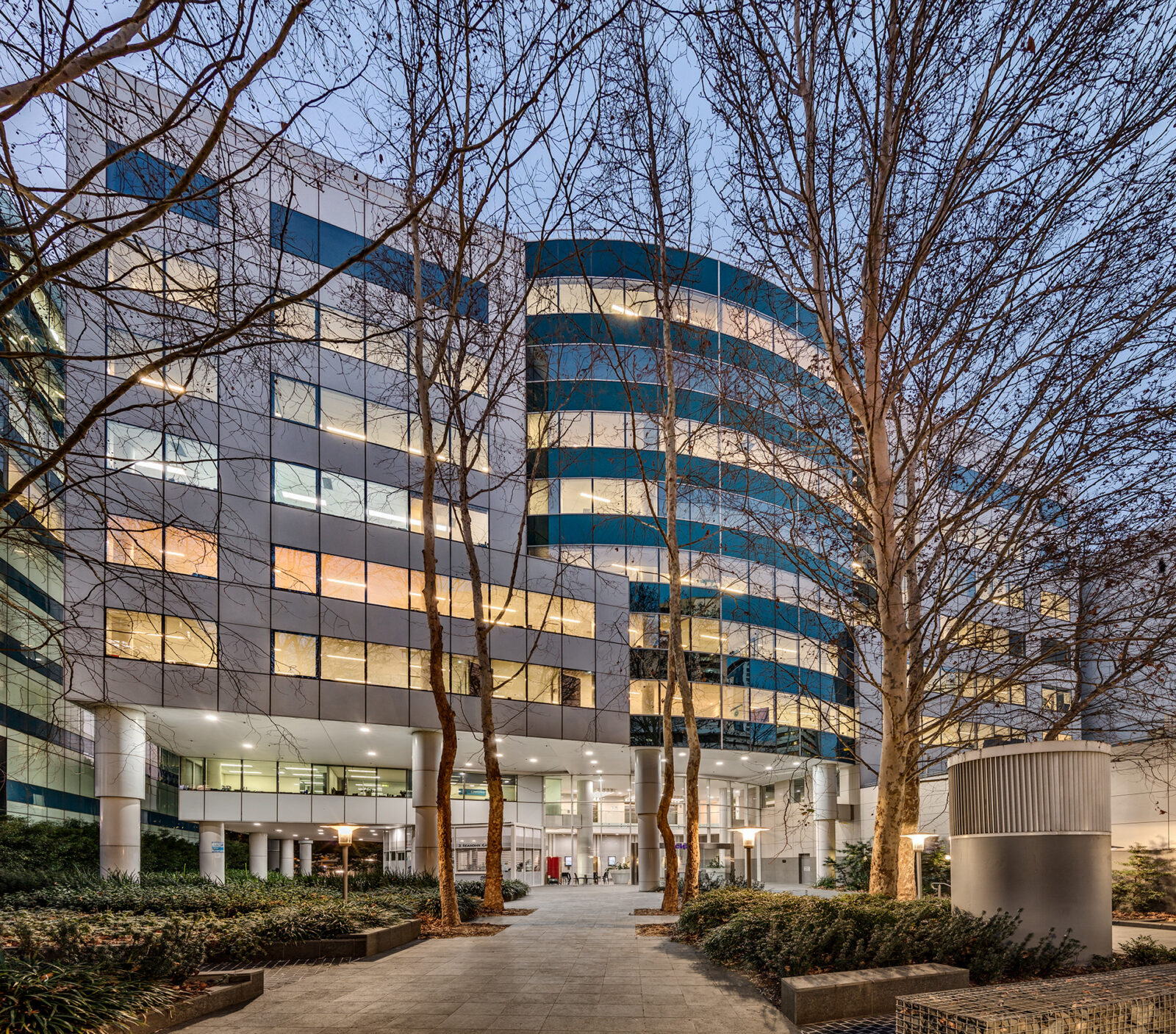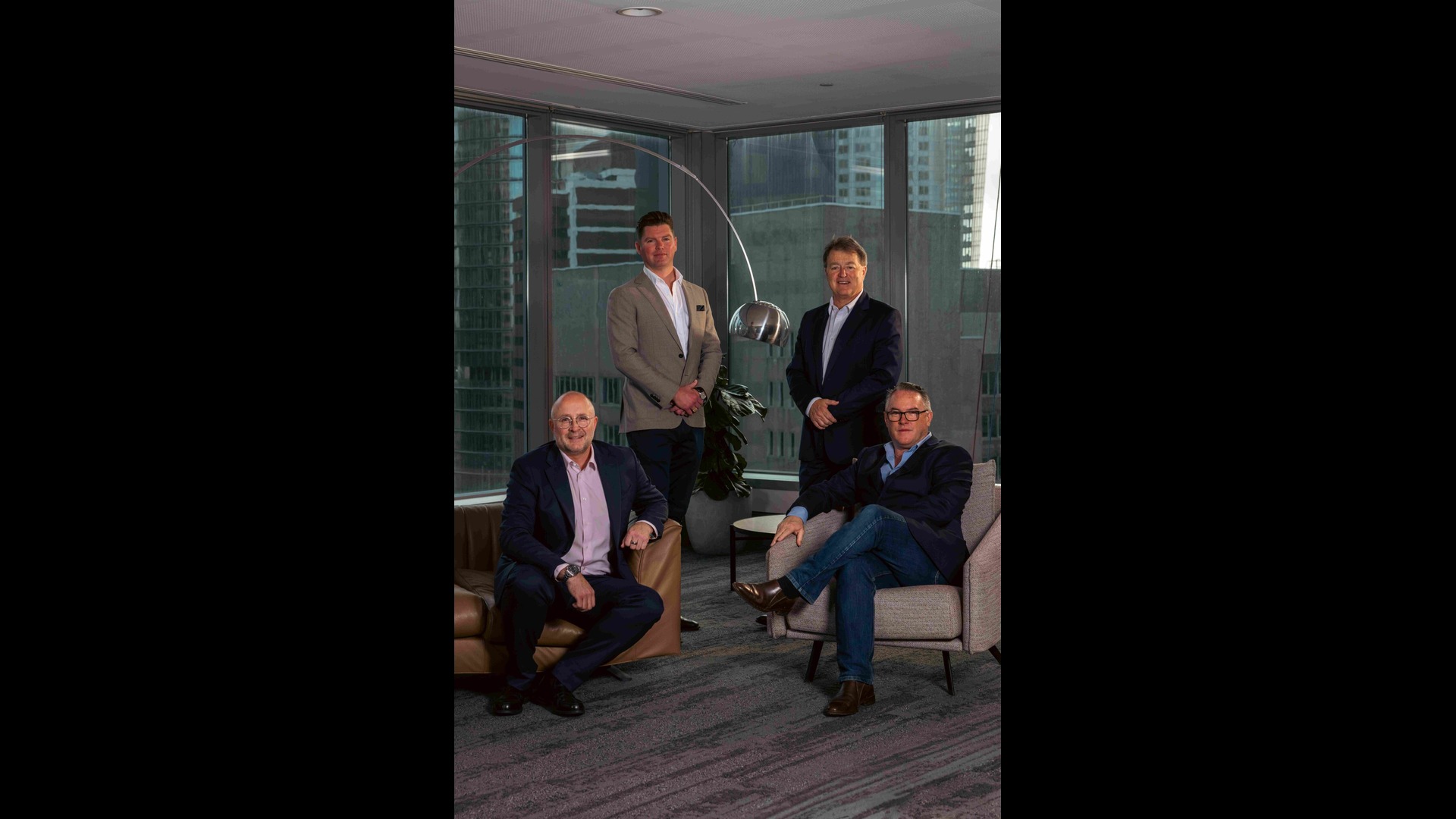
Over the last ten years we have seen a growing number of buyers invest in commercial assets. This was highlighted in particular during COVID-19 where interest rates hit rock bottom and investors looked to diversify their portfolios. In the quest to secure quality, high returning investments, we saw many buyers pivot towards alternative asset types. Childcare, service stations, fast food have all been options hotly contested for many years with investors attracted to their long-term, secure income streams, often backed by a national tenant. As values for these assets rapidly increased many buyers looked further afield for quality options, with medical being a stand out performer during the pandemic, resulting in a strong uptick in investment demand and compression of yields.
In the current market, these alternatives no longer seem all that alternative as many investors continue to move up the risk curve to secure a piece of commercial property. For some it’s based on affordability, while others may focus on future growth or development potential, earning them quality longer term capital appreciation. Some of the assets which have increased in popularity over the last few years include:
Car parking
This is a use which can be as small and affordable as a single space through to multi level parking facilities. Many of these assets are privately owned but also have some institutional and offshore activity due to the large land parcels they often occupy. The longer term development potential is often a motivator for the parking sector, however, robust returns, particularly in major cities, make parking an attractive investment option, albeit often attracting high levies and taxes imposed by state or local governments recoverable by occupiers.
Churches and cemeteries
While some people may be put off by this asset, there are many private buyers happy to jump through the required hoops when purchasing assets with a cemetery. These assets typically are unable to be built upon or disrupted, the cemetery needs to be catalogued for historic record keeping, and the incoming owner may have the responsibility of caretaking and making the property available for those wanting to visit. Churches do not have the same issues, however, may have some restrictions in regard to allowable uses in existing premises based on local zoning. There have been many redevelopments of churches into residential or commercial premises, with those older properties maybe having heritage considerations when seeking redevelopment approval. The architecture and story attached to the property is often a drawcard for those looking to occupy or purchase existing or redeveloped church facilities.
Brothels
Brothels are an allowable use within a zoning rather than an asset class in their own right. They transact rather regularly throughout the country and for those investing, this is considered an income stream not dissimilar to any other use. However, issues of insurance, security, and safety may deter some buyers, depending on borrowing levels, which may impact values. Investment is dominated by the private sector and despite their current use, there have been many examples of the redevelopment or repositioning of brothels to other commercial uses which may be more attractive to a broader range of investors.
Boarding houses
In a residential market where there are historically low vacancies and rents are moving upwards, boarding houses are an increasingly attractive investment option despite interest rate movements. A build-to-rent type asset before build-to-rent was a thing, these assets range significantly in size and quality with a number of more modern facilities being completed in recent years, removing the stigma surrounding some of these assets. These assets provide affordable, short-term stays, however, given the current housing crisis, these properties are becoming more long-term for tenants with increasing returns.
Cold storage
An asset which has grown in sophistication over the last twenty years, these assets have become larger, automated and in strong demand by institutional and offshore buyers. Capitalising on the growing population and the need to store and distribute perishable food items as well as pharmaceuticals across the country has seen investment demand for this asset class grow and dictate new lows in yield. With technology improving and the various types and levels of temperature controlled facilities, these assets can quickly become outdated or be superseded, resulting in the divide between prime and secondary widen rapidly.
Storage and “man caves”
Storage assets have been around for a long time, and the potential returns for larger facilities have not gone unnoticed by institutional investors capitalising on society’s need to store goods. For some, these small facilities are an affordable means of entering the commercial property market with good returns on offer, this is similar to the “man cave”. The development of smaller sub-200sqm industrial units was popular prior to COVID-19 with a high volume of owner occupier activity. These units were dubbed “man caves” as they were considered storage facilities for “toys” such as cars, boats, caravans and other non-business uses which was an issue for some complexes as this often is in conflict with allowable use within an industrial zoning.
Caravan parks
Many caravan parks transact every year and have been a favourite amongst private investors for a variety of reasons. Returns for these assets have seen some volatility, however, domestic tourism activity has shown strong results since the pandemic with a strong lift in occupancy rates and daily rates making it attractive for park operators. Many buyers, however, look to landbank these assets for possible future redevelopment opportunities while taking advantage of ongoing returns. These assets are often located in high quality, tourism nodes, however, can be affected by flooding, bushfire, etcetera, prohibiting future development.






